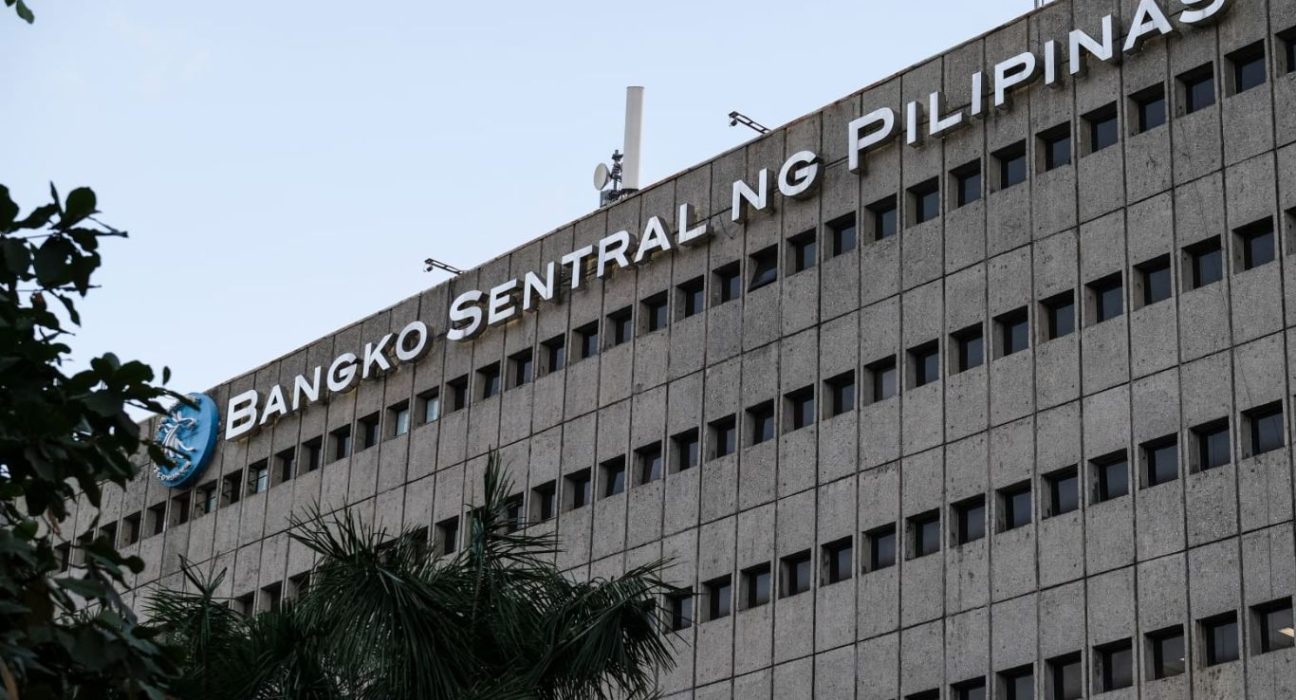Introduction
In response to the persistently challenging inflationary environment, the Bangko Sentral ng Pilipinas (BSP) has expressed its readiness to take action by resuming the tightening of monetary policy. High-ranking officials, including BSP Deputy Governor Francisco Dakila, emphasized the central bank’s commitment to achieving its inflation target of 2%-4% by the end of the year. This article delves into the implications of the central bank’s decision and its potential impact on the Philippine economy.
Inflation Remains a Challenge, Central Bank Officials Affirm
As of June, inflation in the Philippines had slowed to 5.4%, raising concerns among policymakers at the BSP. The surge in inflation had become a pressing issue, prompting the central bank to reassess its monetary policy stance. Given the urgency of the situation, Deputy Governor Francisco Dakila conveyed that the BSP is prepared to take decisive measures to curb inflationary pressures and bring the rate back within the target range.
The BSP’s Determination to Achieve Inflation Targets
Fulfilling its mandate to maintain price stability, the BSP has set a clear objective to achieve an inflation rate ranging from 2% to 4%. This target range is considered optimal for sustainable economic growth and is aligned with the best practices of many central banks worldwide. The recent spike in inflation posed challenges for the economy, potentially impacting consumers, businesses, and overall market stability. To address these concerns, the BSP has resolved to use its monetary tools to keep inflation in check.
The Rationale Behind Tightening Monetary Policy
Tightening monetary policy involves reducing the money supply in the economy, usually by increasing interest rates, to control inflation. The BSP’s decision to resume this approach stems from its analysis of the factors contributing to the inflationary surge. Rising prices of essential goods, supply chain disruptions, and escalating energy costs have been significant drivers of inflation in the Philippines. By tightening monetary policy, the central bank aims to curb excessive spending, reduce demand pressures, and stabilize prices.
Potential Implications for Borrowers and Investors
As the BSP gears up to implement tighter monetary measures, the move may have implications for borrowers and investors in the country. With interest rates likely to rise, borrowing costs for consumers and businesses could increase. This might lead to reduced consumer spending, slowdowns in business expansions, and constraints on investment activities. However, higher interest rates could attract foreign investors seeking better returns, potentially bolstering the country’s foreign capital inflows.
Balancing Economic Growth with Inflation Control
While the BSP acknowledges the importance of controlling inflation, it also recognizes the need to strike a delicate balance with economic growth. Aggressive tightening of monetary policy could risk dampening economic activity, which has been showing signs of recovery in recent quarters. The central bank will likely employ a cautious approach to ensure that its policy actions do not hinder the ongoing economic rebound while still addressing inflationary concerns.
Monitoring Economic Indicators and External Factors
To make well-informed decisions, the BSP will closely monitor key economic indicators and external factors that may influence inflationary trends. The central bank will assess factors such as the consumer price index, unemployment rates, GDP growth, and global commodity prices. Additionally, developments in the international market, including changes in monetary policies of major economies, will be under scrutiny as they can have spillover effects on the Philippine economy.
Public Perception and Communication Strategy
Effectively communicating the rationale behind the tightening of monetary policy to the public is crucial. The BSP will need to maintain transparency in its decisions and clearly articulate its policy objectives. Transparent communication will help manage public expectations and instill confidence in the central bank’s ability to steer the economy through these challenging times. Moreover, ensuring that the public understands the necessity of the measures can garner support for the BSP’s actions.
Conclusion
As inflation remains a challenge for the Philippine economy, the Bangko Sentral ng Pilipinas has reaffirmed its commitment to taking appropriate actions to bring inflation back within the target range of 2%-4% this year. By resuming the tightening of monetary policy, the central bank aims to control inflationary pressures while maintaining a delicate balance with economic growth. As the BSP closely monitors economic indicators and external factors, transparent communication will play a pivotal role in garnering public support and confidence in the effectiveness of its policy measures. The successful implementation of these measures could lead to a stable and sustainable economic environment for the Philippines.










